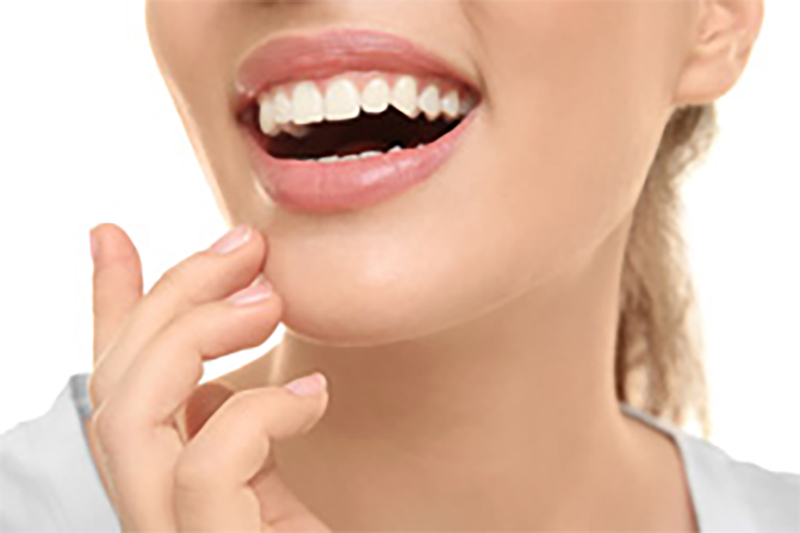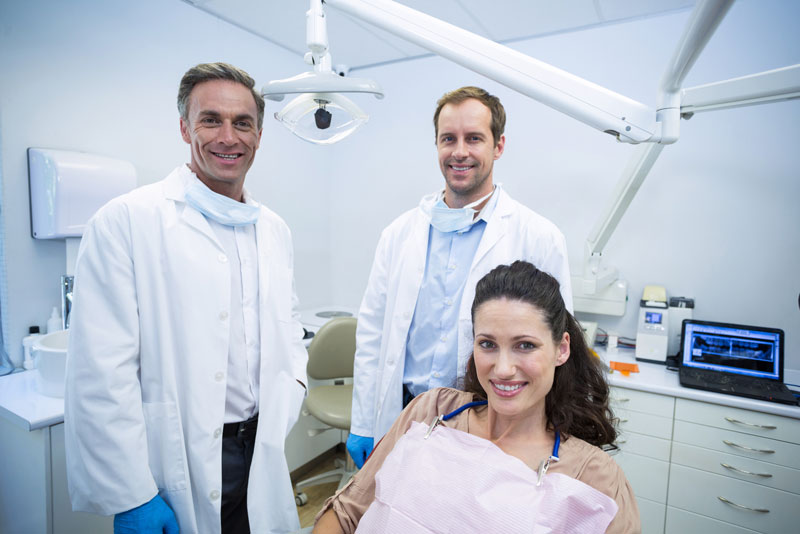Dental bonding can provide a simple, fast, and economical solution for many problems. In some cases, it is used as a restorative treatment material. The material used for bonding is a composite resin. This is the same material we use to restore teeth affected by decay, or more simply put, to fill cavities; as well as to repair cracked or chipped teeth.
This material can be applied to many diverse cosmetic dental situations. Cosmetic uses include:
- Filling or closing gaps between teeth
- Altering undesirable shape of teeth
- Lengthening teeth or evening out length
- Improving the color and/or brightness of teeth
- Replacement for amalgam or silver fillings
- Protection of an exposed portion of a tooth’s root due to gum recession.
Bonding is a simple procedure, and anesthesia is not required for many cosmetic applications. The dentist will first select a resin that will blend with a patient’s natural tooth color. The tooth surface is roughened to accept the bonding better, and an application liquid is applied. The resin is applied over this coating, and then shaped and smoothed to the desired form. The bonding is exposed to a special light which hardens the material and activates the bonding of the resin to the tooth. The dentist then makes final adjustments to the shape and finish to give it a natural appearance.
What our patients say about Bonding Treatment

Wonderful Dental experience. My family and I have been attending Sherwood Dental for over 20 years and during each visit, the staff is so friendly and accommodating making my teeth cleaning experience an enjoyable one!! Carrie W.

Originally Posted on ![Google logo]()
While bonding offers a quick and inexpensive fix, it is not expected to be as durable as some other options, such as veneers or crowns. The bonding material can also break off if the patient is not careful. Normal oral hygiene should be practiced on bonded teeth just like a patient's natural teeth. It is suggested that a patient avoid biting down on hard things with the bonded surfaces, such as fingernails or ice, in order to avoid damaging the bonding. If the patient notices any problems, such as chipping or roughness, he or she should call the dentist for follow-up, and to have the bonding touched up.

















